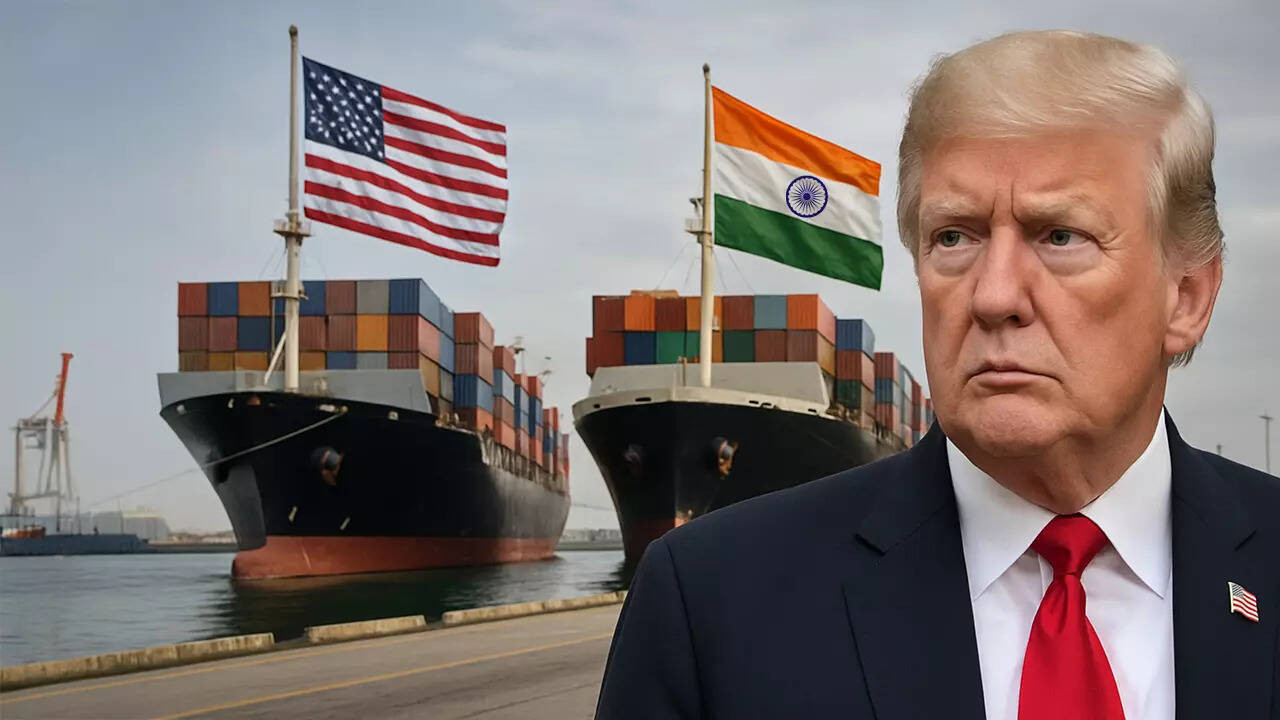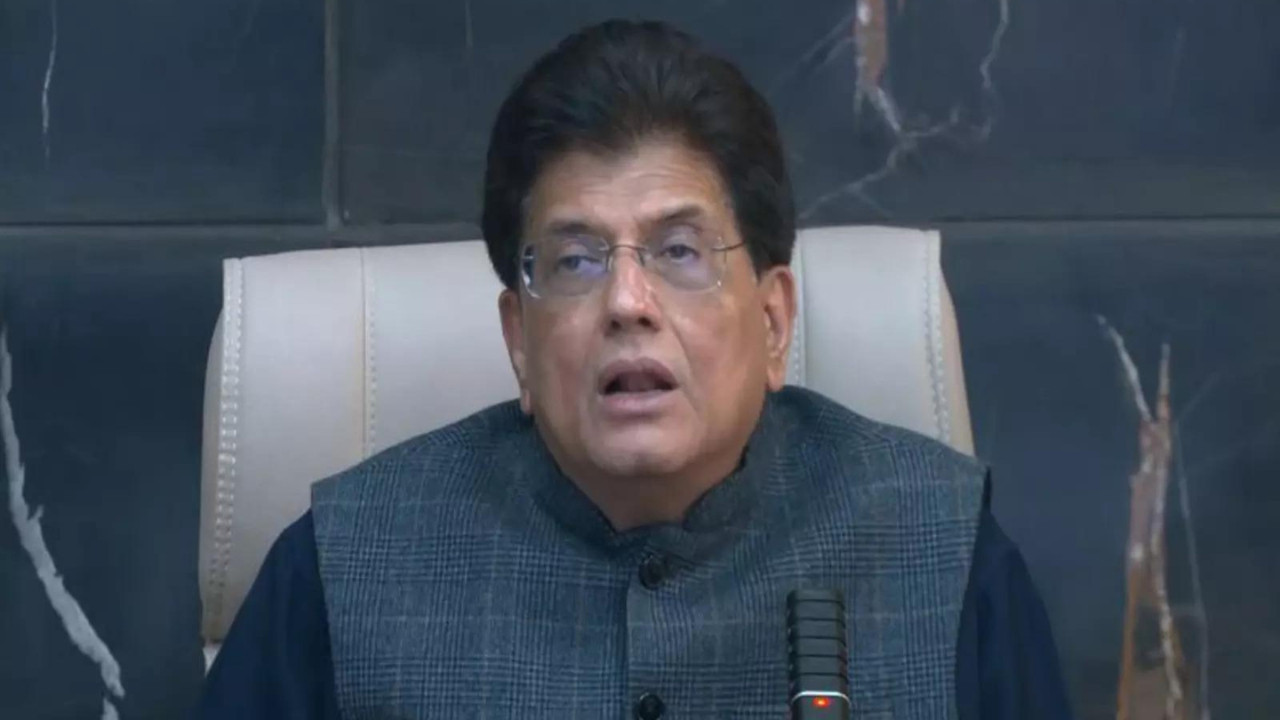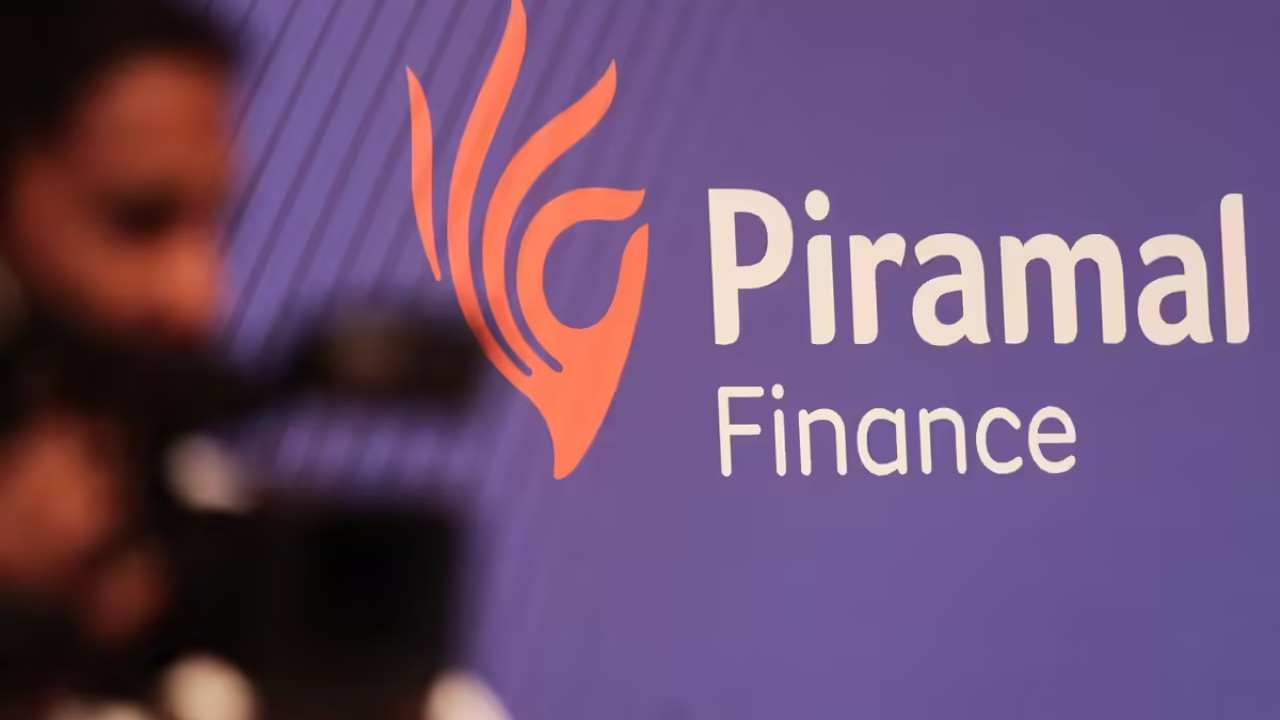The government is considering targeted support for exporters facing US tariffs. Instead of a broad loan guarantee, sector-specific credit lines with relaxed collateral are being explored. Initiatives include linking lending with PM Vishwakarma and BharatNet.
Navigating the Choppy Waters: How India is Preparing for Potential US Tariff Hikes
The prospect of significantly higher tariffs from the United States, potentially soaring to 50% on specific goods, has sent ripples of concern through India’s export-oriented sectors. While no official confirmation has emerged, the mere possibility of such a drastic shift in trade policy has prompted proactive measures from the Indian government. The question isn’t if there will be an impact, but how substantial and how best to mitigate the potential fallout. Here’s a look at how India is bracing itself for this economic scenario.
A Proactive Stance: Mapping the Potential Impact
Rather than waiting for the other shoe to drop, the Indian government is reportedly taking a multi-pronged approach, starting with meticulous impact assessments. Officials are painstakingly analyzing which sectors would be hardest hit by increased tariffs. This isn’t just about broad categories; it involves identifying specific product lines and even individual companies that rely heavily on the US market. Such granular detail is crucial for crafting targeted support measures. The goal is to move beyond general anxieties and pinpoint the pressure points within the Indian economy.
Diversification: Finding New Harbors for Indian Exports
One of the most discussed strategies is diversifying export destinations. Relying too heavily on a single market, no matter how large, always carries risk. The government is actively encouraging businesses to explore new opportunities in regions like the European Union, Southeast Asia, and Africa. This involves trade missions, participation in international trade fairs, and streamlining regulatory processes to make exporting to these regions more attractive. Think of it as building multiple trade routes instead of relying on a single, potentially stormy one.

This doesn’t mean abandoning the US market, far from it. However, reducing over-dependence provides a crucial buffer. By fostering trade relationships with other nations, India can lessen the sting of any protectionist measures implemented by the United States. This strategy isn’t just about weathering a potential storm; it’s about building a more resilient and diversified export economy for the long term. You can learn more about India’s strategic trade relationships on our [dedicated trade page](internal_link_to_related_content).
Boosting Competitiveness: Sharpening India’s Edge
Beyond finding new markets, India is also focused on enhancing the competitiveness of its export sectors. This involves a range of initiatives, from reducing logistical costs to improving infrastructure and providing access to cutting-edge technology. Streamlining customs procedures, upgrading transportation networks, and investing in research and development are all crucial components of this strategy. The goal is to make Indian products and services more attractive to buyers around the world, regardless of tariff barriers.
Imagine a scenario where an Indian textile manufacturer can produce higher-quality goods at a lower cost than its competitors. Even with a 50% tariff, the competitive edge could allow them to maintain market share. This isn’t about magic; it’s about strategic investment and a relentless focus on efficiency.
Negotiation and Diplomacy: Keeping Channels Open
While preparing for the worst, India is also actively engaging in diplomatic efforts to address the potential tariff hikes. Maintaining open lines of communication with the US government is essential for conveying concerns and exploring potential solutions. Trade negotiations, dialogues, and high-level meetings all play a crucial role in shaping the future of trade relations between the two countries. The aim is to find mutually beneficial outcomes that avoid escalating trade tensions.
Supporting Key Sectors: A Targeted Approach
The government is also prepared to provide targeted support to key export sectors that are particularly vulnerable to increased tariffs. This could involve financial assistance, tax breaks, or other incentives to help businesses adapt to the changing trade landscape. The specific measures will depend on the severity of the impact and the unique needs of each sector. The focus is on providing a safety net for businesses while they navigate this challenging period.
Looking Ahead: Building Resilience for the Future
The possibility of higher US tariffs serves as a stark reminder of the interconnectedness of the global economy and the importance of building resilience in the face of uncertainty. India’s proactive approach, focused on diversification, competitiveness, and diplomacy, demonstrates a commitment to safeguarding its economic interests and ensuring a stable and prosperous future for its export sectors. This situation also highlights the critical need for continued investment in infrastructure, technology, and human capital to strengthen India’s position in the global marketplace. While the future of trade relations remains uncertain, India’s preparedness offers a degree of confidence in its ability to weather potential storms. By continuing to innovate, adapt, and forge strong partnerships, India can not only mitigate the impact of potential tariff increases but also emerge as a stronger and more competitive player in the global economy.







